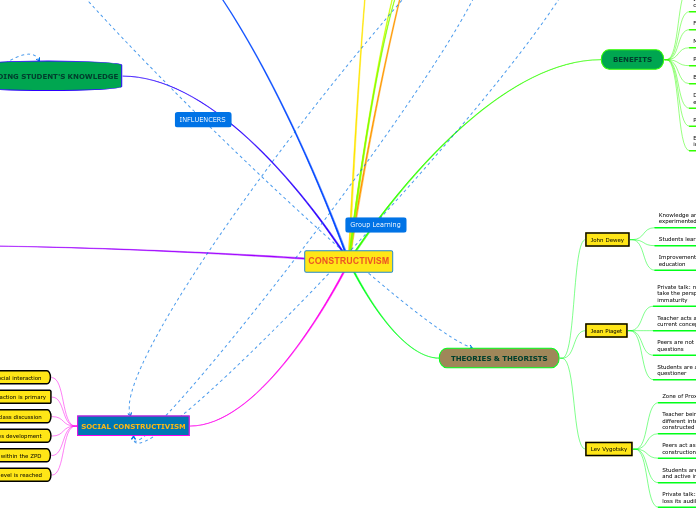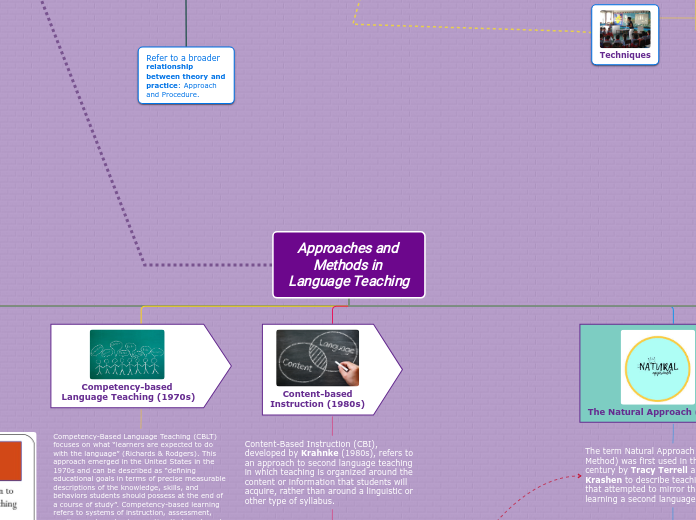CONSTRUCTIVISM
SOCIAL CONSTRUCTIVISM
Provide temporary support until higher level is reached
Scaffolding within the ZPD
Learning precedes development
Teamworks, group works and class discussion
Social interaction is primary
Emphasis on social interaction
EMBRACE TECHNOLOGY
Online quizzes
Moodle
VUCollaborate
Online discussion and forums
Kahoot gamification
Powerpoint, microsoft word
Padlet
E-learning
BUILDING STUDENT'S KNOWLEDGE
Peer feedbacks and reviews
Jigsaw
Role plays
Peer evaluations
Peer teaching & tutoring
Constructing (in class workshops & activities)
Brainstorming
Documentaries
Presentations
Case studies
MY PHILOSOPHIES
Create environments in which students can construct their own understandings
Foster critical thinking and creates active and motivated learners
Facilitator or supporter in teaching and learning
Understand students's learning needs
Considering our current dynamic and multicultural society
Inquiry Teaching & Learning applies to my future classroom
Students are active learners
Respect and value diversity students's background and cultures
THEORIES & THEORISTS
Lev Vygotsky
Private talk: positive, increases at younger ages and gradually loss its audible quality, for the purpose of self- regulation
Students are active thinker, explainer, interpreter, questioner and active in social participants
Peers act as an ordinary part of process of knowledge construction
Teacher being a model, guide, co-participant, co-construct different interpretation of knowledge, listen to socially constructed conceptions, tool provider
Zone of Proximal Development (ZPD)
What needs to be done to take the learner where they to be
Jean Piaget
Students are active thinker, explainer, interpreter and questioner
Peers are not necessary but can stimulate thinking, raise questions
Teacher acts as facilitator, guide and listen for the student's current conceptions, ideas and thinking
Private talk: negative, declines with age, shows the inability to take the perspective of another and is a sign of cognitive immaturity
John Dewey
Improvement of the reasoning process is a key function of education
Students learn through experience
Knowledge are to be consistently challenged and experimented on
BENEFITS
Encourage students to reflect, evaluate their work, and identity intermediary skills to acquire based on their needs
Promotes diverse viewpoints
Develop advanced skills such as critical thinking, analysis, evaluation, and creation
Build on student's prior knowledge and experiences
Pursue personal interests and purposes
Motivate student's learning
Foster problem solving
Increase social interaction, through class discussion collaborative learning
Develop higher thinking, stimulating critical thinking and clarification of ideas
Collaborative Learning
Situated learning
Social Context
Real World Learning
Knowledge constructed
Pre-existing knowledge
STUDENT CENTERED
TRAITS
Promotes social and communication skills
Designed for students to integrate the classroom more effectively
Cognitive and social interactions
Paradigm that positions the learner at the core of learning process









